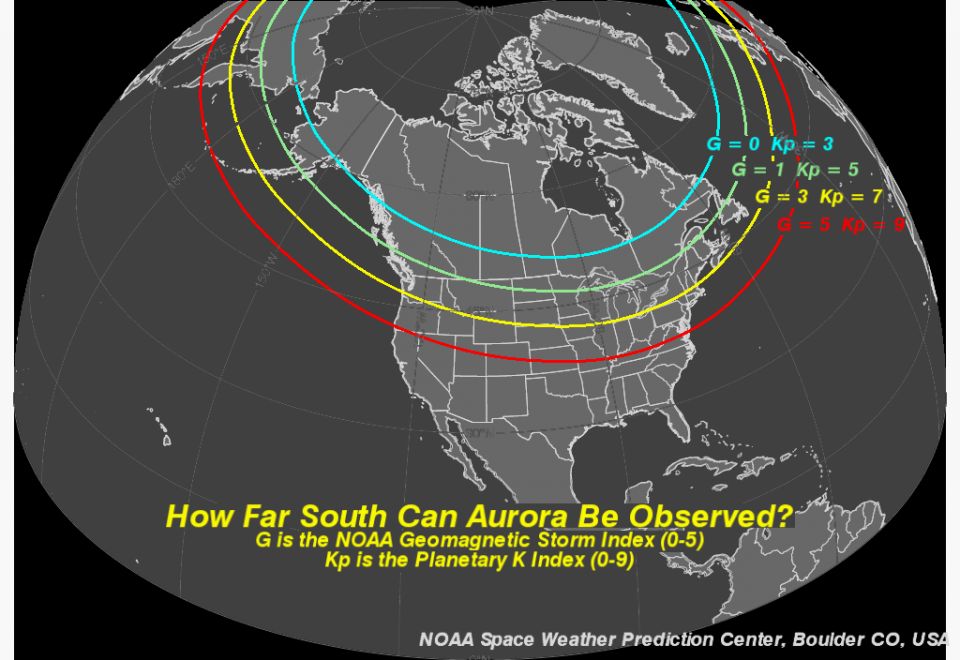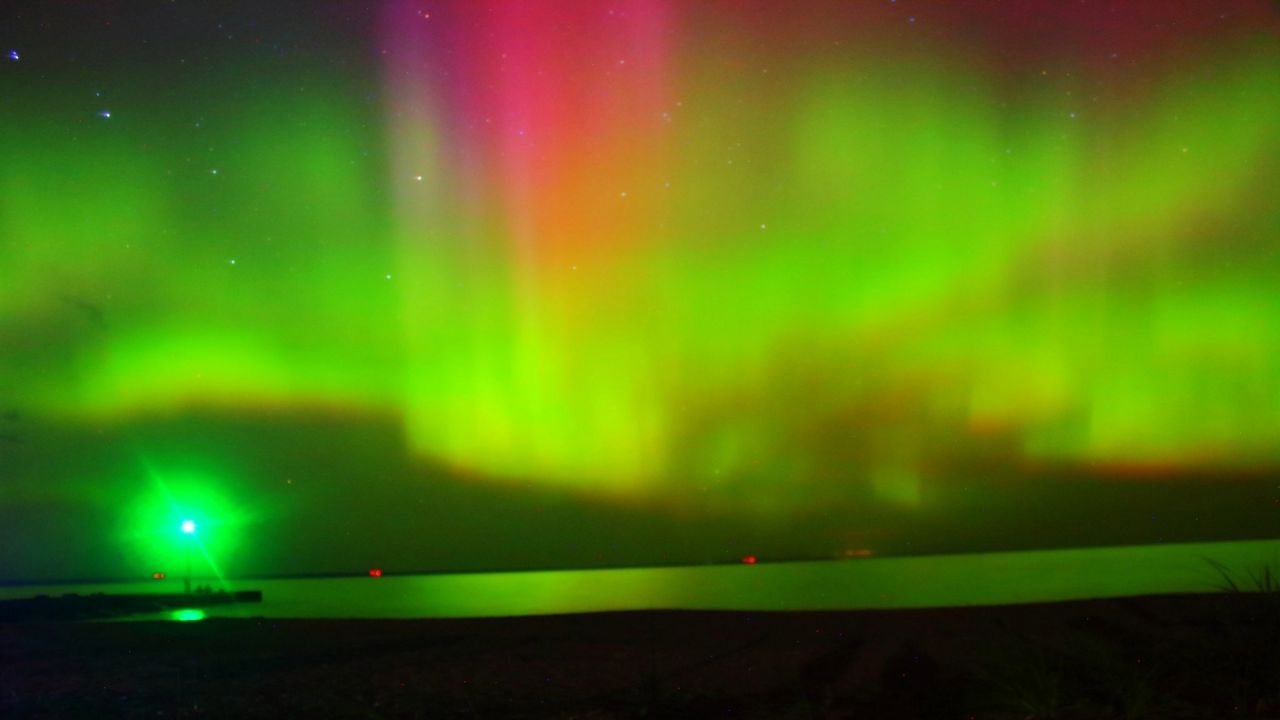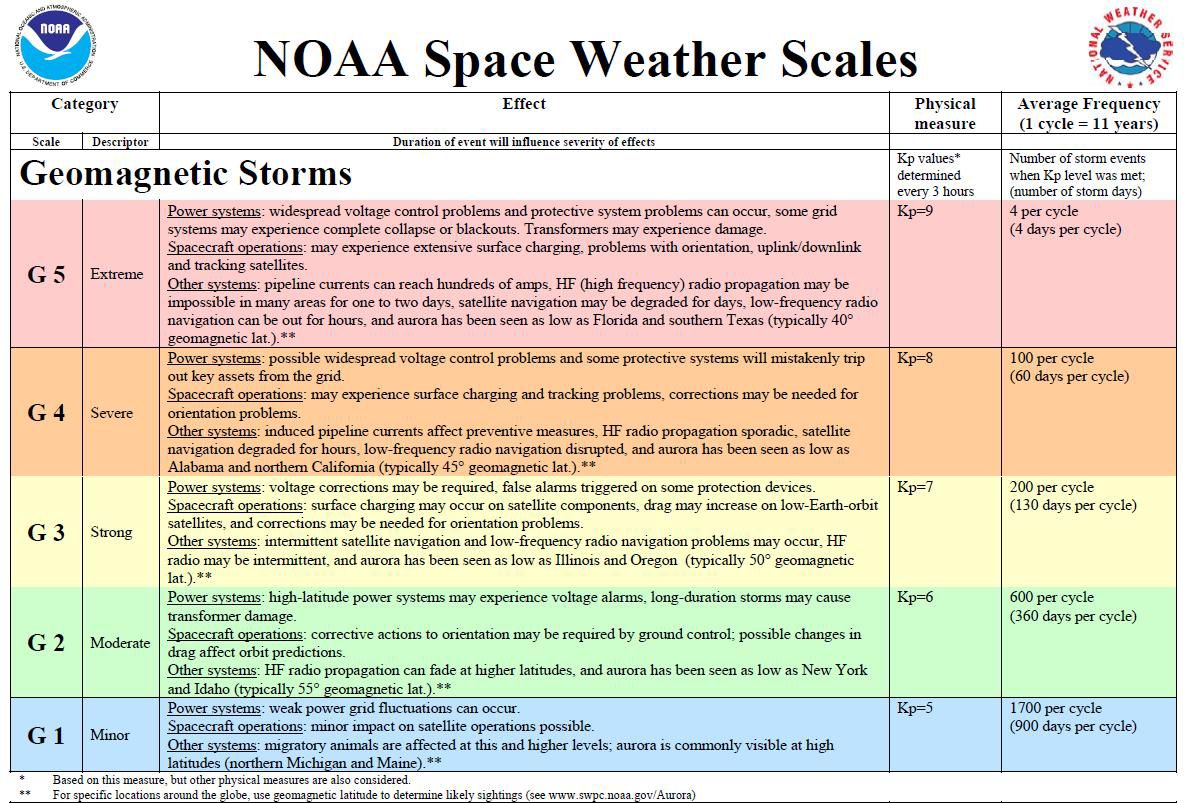Earlier this week, social media was buzzing with pictures of the Aurora Borealis, otherwise known as the northern lights.
People sent pictures to various Spectrum outlets in the upper Midwest and upstate New York.
Conditions proved just right for folks as far south as northern Missouri to see the illuminating spectacle. This isn’t the first time this year that regions south of the Canadian border have seen the bright displays.
So why are we seeing the northern lights so far south and can we expect more chances of catching them in the future?
The answer to that is yes.
Aurora Borealis
The sun is currently in an upswing of its 11-year solar cycle. Scientists notice more sunspots as they migrate toward the equator of the sun, and when their magnetic fields tangle, solar storms erupt.
Earth’s magnetic field acts as a buffer to keep particles and energy ejected from the sun at bay. However, if the solar storm is strong enough, those particles can penetrate the Earth’s atmosphere, giving off light, the auroras we see.
Geomagnetic storms
The energy from a solar storm is categorized by G levels.
G1 would show a minor storm, G2 a moderate storm, G3 a strong storm, G4 a severe storm and G5 would mean an extreme storm.
While these storms make the northern lights brighter and more visible in lower latitudes, the energy entering our atmosphere can cause disruptions to power grids, spacecraft operations and migratory animals.
The U.S. National Oceanic and Atmospheric Administration’s (NOAA) Space Weather Prediction Center (SWPC) uses a planetary k index, which goes from 0 to 9, to predict the visibility of the northern lights around the world. The higher the Kp values, the further south people can view the aurora.

When to catch the northern lights
Even though you might associate the northern lights with winter, they’re not more common during that time of the year, according to Rodney Viereck, a scientist at SWPC.
They’re more visible in the winter, though, since there is less sunlight available to northern latitudes. There is a slight uptick in aurora sightings around the spring and fall equinoxes.
The eleven-year solar cycle winds down beginning in 2025 and bottoms out in 2035, so it looks like you have more opportunities to catch viewings of the Aurora Borealis.

The Aurora Borealis was visible in Port Wing, Wisconsin on Sept. 18, 2023. (Western Wisconsin Weather & Storm Chasing/Justin Phillips)
Our team of meteorologists dives deep into the science of weather and breaks down timely weather data and information. To view more weather and climate stories, check out our weather blogs section.

